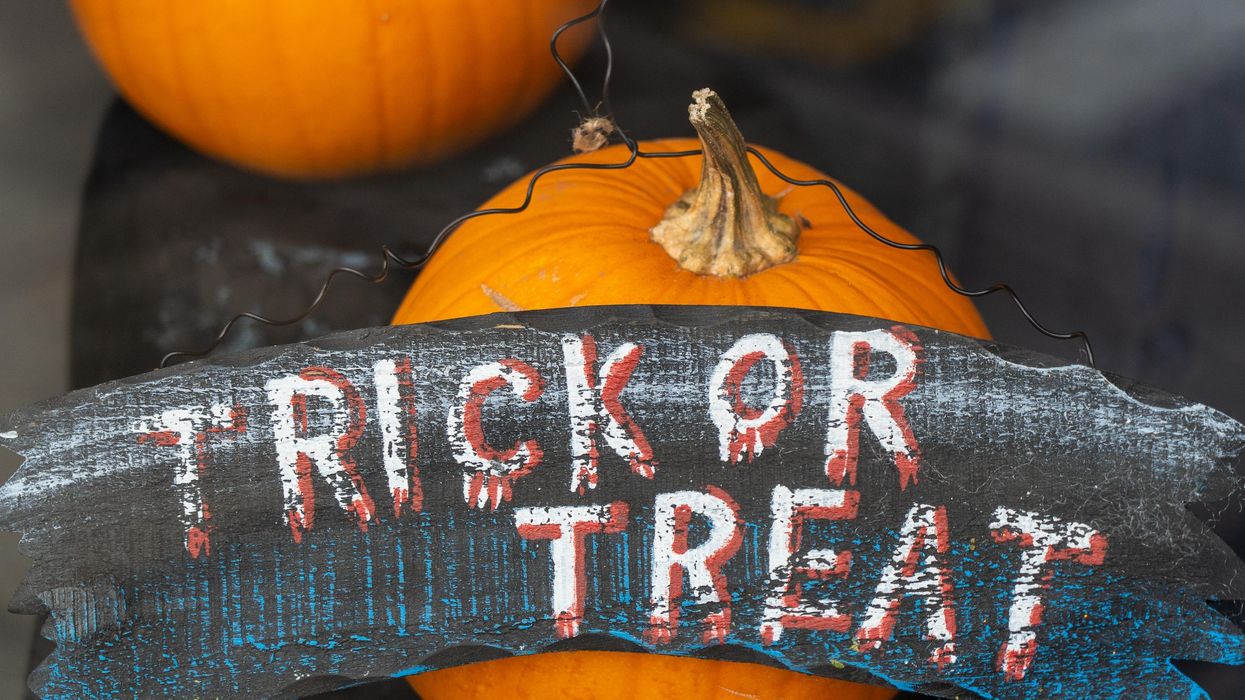Economy
19 September 2022
Americans are ready to Halloween like it's 2019
With Halloween participation returning to pre-pandemic levels, NRF forecasts record consumer spending.

text
Photo by Nick Fewings on Unsplash
With Halloween participation returning to pre-pandemic levels, NRF forecasts record consumer spending.

America is ready to get spooky again.
The news: Halloween participation is set to return to pre-pandemic levels, lighting the way to record spending, according to a new forecast from Prosper Insights & Analytics.
Key findings: Prosper surveyed 8,283 consumers from September 1-6. It found the following:
Participation breakdown: Consumers plan to participate in Halloween in the following ways:

Key quote: “Halloween is an exciting time for many families, and that enthusiasm is reflected in the number of Americans who plan to celebrate the holiday this year,” NRF President and CEO Matthew Shay said, in a statement. “As consumers continue to return to pre-pandemic behaviors, retailers are prepared to meet that demand and help make this holiday a fun and memorable one.”
Dressing the part: Ted Lasso mustaches and sexy vampire getups are big business. Halloween costumes account for the biggest chunk of the Halloween consumer brew. This year, costume spending is expected to reach $2.9 billion, which is the highest level since 2017. Pet spending, in turn, is forecast to reach $710 million, which would also be above 2022's record.
Social costuming: When it comes to inspiration, online searches are the largest source of costume ideas, with 36% of consumers saying they turn to social media. Meanwhile, one-quarter said they will look in stores, and 19% said they will turn to friends and family.
“Social media is playing an increasingly important role in consumer behavior, and Halloween is no different,” Prosper Insights Executive Vice President of Strategy Phil Rist said. “Younger consumers, particularly those under the age of 25, will look to platforms like Instagram and TikTok for costume inspiration this year.”
Like the end-of-year holidays, Halloween season starts early. Nearly half of consumers, (47%), start shopping in September or earlier.
Where they shop: When it comes to the channel for purchases, 40% of consumers plan to purchase from discount stores, 36% will go to a costume shop and 31% will shop online. Meanwhile, 70% of adults already know what their costume will be this year.
Top costumes: Each demographic, including pets, has its own set of favorite costumes. The most popular adult costume is a witch, while for children it is Spiderman. Pets are most likely to be turned into a pumpkin.
Below is a look at the top costumes in each category:

Campbell Soup Company CEO Mark Clouse offered thoughts on messaging amid inflationary shifts in consumer behavior.
After months of elevated inflation and interest rate hikes that have the potential to cool demand, consumers are showing more signs of shifting behavior.
It’s showing up in retail sales data, but there’s also evidence in the observations of the brands responsible for grocery store staples.
The latest example came this week from Campbell Soup Company. CEO Mark Clouse told analysts that the consumer continues to be “resilient” despite continued price increases on food, but found that “consumers are beginning to feel that pressure” as time goes on.
This shows up in the categories they are buying. Overall, Clouse said Campbell sees a shift toward shelf-stable items, and away from more expensive prepared foods.
There is also change in when they make purchases. People are buying more at the beginning of the month. That’s because they are stretching paychecks as long as possible.
These shifts change how the company is communicating with consumers.
Clouse said the changes in behavior are an opportunity to “focus on value within our messaging without necessarily having to chase pricing all the way down.”
“No question that it's important that we protect affordability and that we make that relevant in the categories that we're in," Clouse said. "But I also think there's a lot of ways to frame value in different ways, right?”
A meal cooked with condensed soup may be cheaper than picking up a frozen item or ordering out. Consumers just need a reminder. Even within Campbell’s own portfolio, the company can elevate brands that have more value now, even if they may not always get the limelight.
The open question is whether the shift in behavior will begin to show up in the results of the companies that have raised prices. Campbell’s overall net sales grew 5% for the quarter ended April 30, while gross profit margins held steady around 30%. But the category-level results were more uneven. U.S. soup sales declined 11%, though the company said that was owed to comparisons with the quarter when supply chains reopened a year ago and expressed confidence that the category is seeing a longer-term resurgence as more people cook at home following the pandemic. Snacks, which includes Goldfish and Pepperidge Farm, were up 12% And while net sales increased overall, the amount of products people are buying is declining. Volumes were down 7%.
These are trends happening across the grocery store. Campbell is continuing to compete. It is leading with iconic brands, and a host of different ways to consume them. It is following that up with innovation that makes the products stand out. Then, it is driving home messaging that shows consumers how to fit the products into their lives, and even their tightening spending plans.
Campbell Soup is more than 150 years old, and has seen plenty of difficult economic environments. It is also a different business today, and will continue to evolve. At the end of the day, continued execution is what’s required.
“If it's good food, people are going to buy it, especially if it's a great value,” Clouse said.